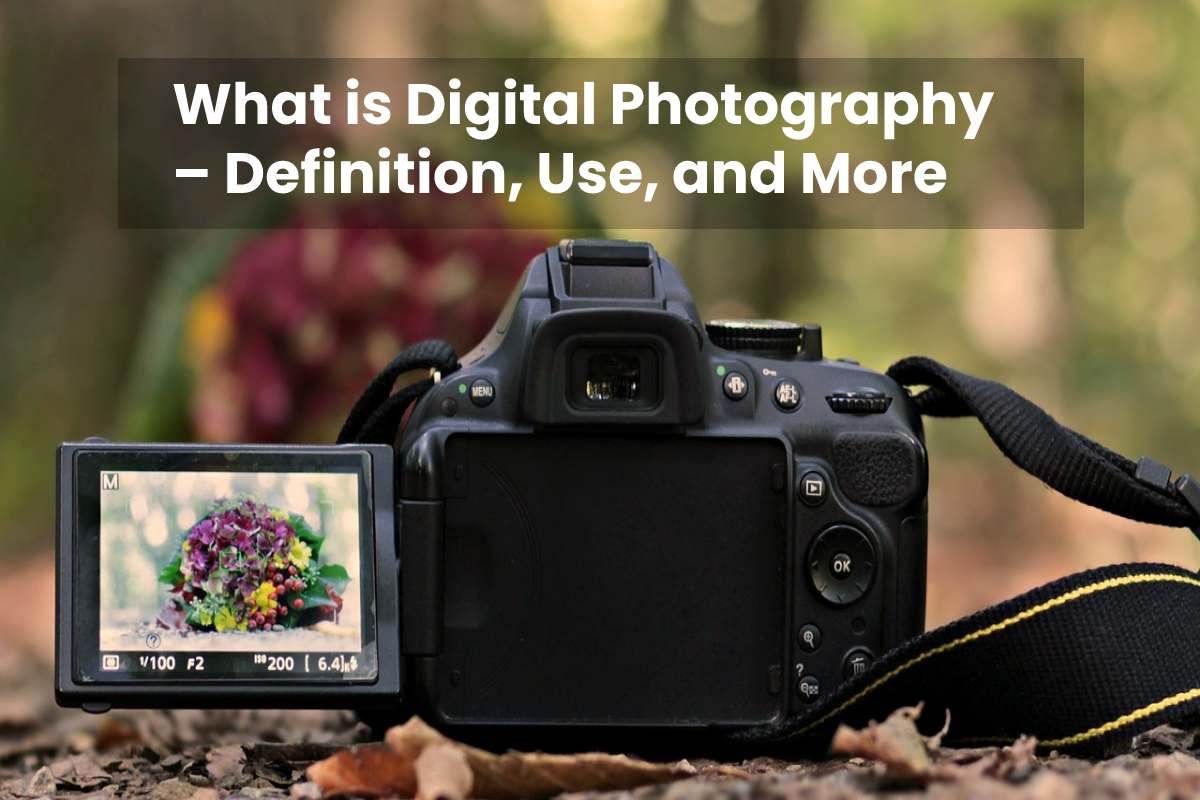Table of Contents
Definition
In digital photography, still, images are captured with a camera obscura, which is very similar to traditional photography. Instead of using photosensitive films and developing chemicals, the light is detecting with an electronic sensor made up of photosensitive units.
The images thus captured are also converted into electrical signals and stored in electronic memory, using the same communication formats and protocols as digital memories used by computers and applying different formats and compression mechanisms to the captured photo.
Like traditional photography, digital photography is suitable for the registration and documentation by What is document management? of historical, family or personal events and artistic research. It extends these senses by the possibility of intervening or changing the image on the computer after it has been taken.
It is a revolutionary technological advance that forever changed the photography industry and enabled the rise of digital visual arts.
What is Digital Photography Used For?
Digital photography was the logical step in the photography industry in the face of accelerated computerization that began at the end of the 20th century. The need to be able to transmit the captured images to a computer system without going through a development process and subsequent scanning that could damage or distort the picture was a significant advancement in the world of visual management and reduced time, and reduce costs by taking and previewing many photos in a row without waiting to develop.
Properties of Digital Photography
Digital photography introduced the word “pixel” (the English picture element) into photography and was the smallest image unit that captures a gray or color value. The more pixels a camera captures, the larger and more complete the captured image.
On the other hand, digital cameras have built-in the capacity of digital zoom, which brings the picture closer by non-optical magnification and the ability to record video, which is impossible with a conventional camera. As technology advances, cameras improve in every respect and even enable filming in HD values.
Advantages of Digital Photography
The main advantages of digital photography are:
Immediacy
The ability to take photos and remove them immediately without going through a developing process that could also damage the images is certainly a great contributor. The picture is available within minutes of taking.
Cost Reduction
By cutting rolls of film and the entire development process, the photographer saves a fortune in material that can turn out to be unusable after development.
Warehouse
A digital card can hold many more photos than a conventional roll of 48 shots. You can also change the compression format of the images or remove the defective photos to maximize storage space.
Technical Advantages
The latest digital cameras offer the photographer with real-time technical information about the image’s RGB values, its histogram, ISO values, and many other things that were previously missing.
Disadvantages of Digital Photography
The main disadvantages of digital photography are:
The Cost of Cameras
Since computers are small today, professional cameras are costly.
Electronic Noise
Due to the constant electrical flow within the camera, images have a “noise” or image defect edge, which is more noticeable when using lower ISO values. For many photographers, the grain of 35mm film is much more comfortable than that of a digital camera.
Resolution
While an ordinary 35 mm film corresponded to around 87 megapixels, this is still not achievable for a digital camera with typically about 45 megapixels.



